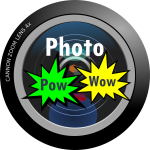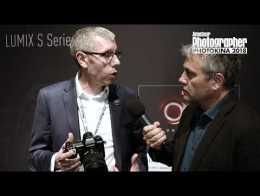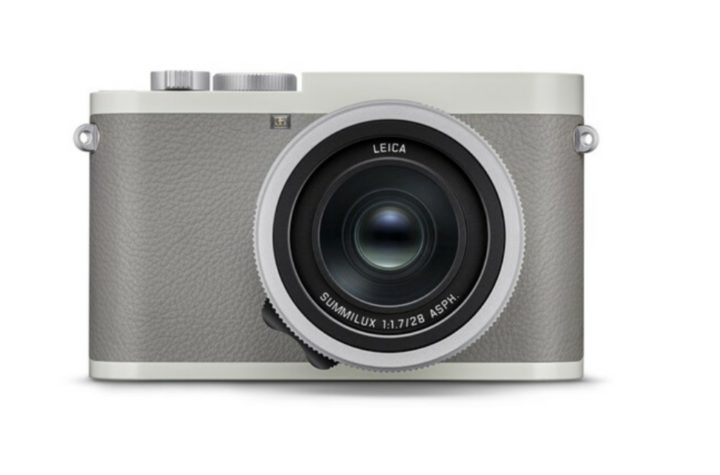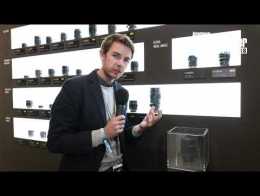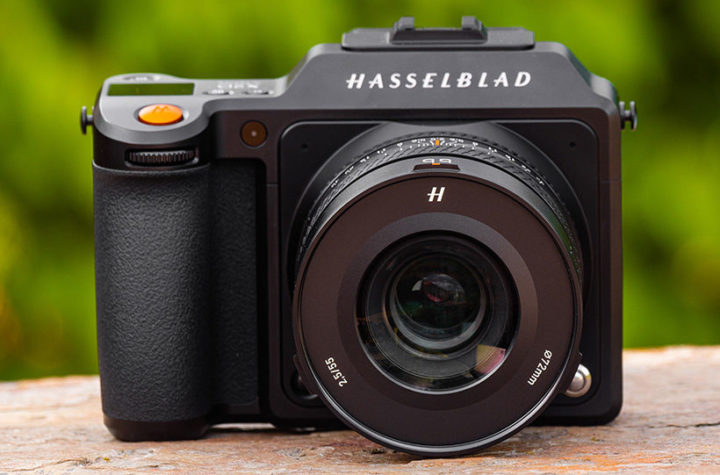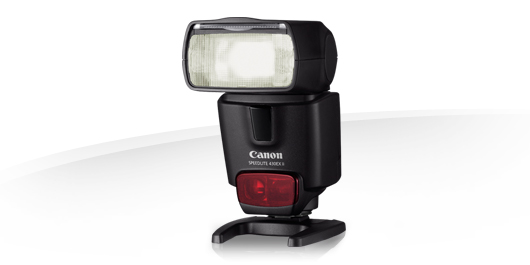
Speedlight aka Speedlite is a popular purchase for practically all photographers. This is not surprising since lighting is the key to outstanding photography. But they have many advantages and disadvantages compared with alternative forms of lighting.
An on-camera flash, also known as a speedlight or speedlite, is an indispensible accessory providing additional light when conditions become too dark to use your camera comfortably without additional lighting. It allows you to: (a) achieve more balanced exposures in daylight, (b) permit freezing of fast-moving subjects, and (c) control or trigger other flash light sources. Additionally, a flash can be used as a superb creative tool to establish an lighting atmosphere that elevates your imagery when lighting conditions are considered less than ideal. The benefits of an external on-camera flash far outweigh those provided by a built-in camera flash, while the only drawback is having to carry an additional (sometimes heavy) piece of equipment.
Speedlight aka Speedlite flashes can be divided roughly into two types: those that feature moving (rotating or tilting) flash heads and those that do not. Those that do not have a moving flash head have the benefit of being more compact but, outside of that, their flexibility is significantly less than that of a flash head that can tilt—and even better—one that can rotate. A flash with no movements is similar to an in-camera flash you might already have, and when mounted on your camera, it will always output light in the same square, front-facing direction. Speedlight aka Speedlite flashes have more power and manual controls than your in-camera flash.
However, once you add the ability to move your Speedlight or Speedlite flash head, you can suddenly gain much greater control and a variety of options regarding how to direct the light falling on the subject. Light that is pointed directly at your subject is typically very harsh light, producing deep shadows and having a quick light fall-off from your subject to the background. A flash too close to your lens is the main reason for red eye in portrait photography, so creating a greter distance between the flash and the lens will always produce a better picture. To render a similar scene with softer or diffused light, you can tilt your flash head to bounce your light from a nearby wall or the ceiling to broaden its directional quality. Once the flash light strikes a wall or a ceiling, that surface is being converted into a much larger light source than your flash itself. This will produce fewer harsh shadows with more even lighting.
Even better than the ability to point your camera-mounted Speedlight or Speedlite away from your subject is the ability to remove it from the camera entirely and point it in any direction and at any angle you wish. This can be accomplished either by way of a wired connection or a wireless connection. A wired connection simply requires running a sync cord between your flash and your camera. Make sure you have a cable with compatible connections to your camera and your flash. Flashes often have a kind of proprietary connection, or sometimes also support more standardized connections, such as a household plug or a miniphone, photo, or sub-mini jack. These cables usually feature a PC connection at the other end to provide a connection to your camera. Cables that connect your flash to your camera are available in lengths from 6″ up to 33′, in either coiled or straight designs. It is best to assess how you plan to use your flash off-camera before deciding upon length; if it is too short you won’t be able to get far away from the camera, if too long the cable will become cumbersome to handle and to carry about.
If you’re not handholding the speedlight or Speedlite, you can easily remove the flash from your camera and mount it on either a stand or a flash bracket. This enables you to place your flash off to the side or above the camera, and usually gives you a bit more freedom as to the orientation in which you can place your flash and the direction you point it. Brackets typically attach to your camera from the tripod socket and provide you with an additional method of holding your camera/flash system. Some manufacturers produce handle-mount flash units, which mount on the side of a camera via a dedicated bracket. These flashes are generally larger and more powerful than shoe-mounted units and can run on larger power supplies without making your camera extremely unwieldy. Some Speedlight or Speedlite flashes come with a free-standing attachable foot which allows you to place the unit on a table or the floor.
The more recent method of tethering a Speedlight or Speedlite to your camera is to use a wireless receiver/transmitter system or a slave, which employs radio, infrared, or optical triggering methods to communicate between your camera and your flash. A wireless system affords you the most creative control, as the boundaries of how far away your flash and camera can be are practically limitless, and you can also work with multiple controlled flashes for more creative lighting setups. You don’t, of course, have to carry around lots of wires!
